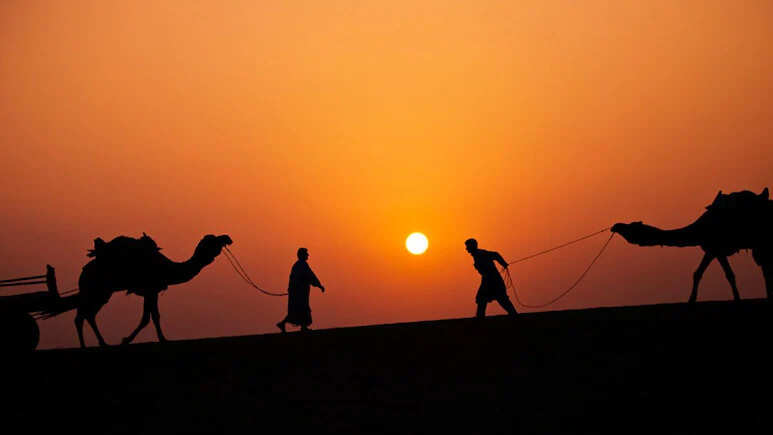There has been no rain in any district of Rajasthan for the past three days, which led to ongoing fluctuations in the temperature – the weather is dry during the day, while the morning and evening temperatures are still declining, leading to slight cold. According to the data of Jaipur Meteorological Center, there is less chance of rain to Diwali. Instead, cold winds will continue to blow, causing a fall in the temperature and further increasing the impact of the cold. The temperature recorded under 20 degrees Celsius over the past 24 hours has recorded many cities, including Jaipur, Udaipur, Sriganganagar and Karauli, minimum night temperatures under 20 degrees Celsius. Night temperatures dropped with light cold winds in the districts of the north-east Rajasthan. The feeling of cold in the morning and evening increased in Jaipur, Sikar, Jhunjhunu, Hanumangarh, Churu and Alwar. Sikar remains the coldest according to experts at the Jaipur Meteorological Center, the maximum temperature in most districts Rajasthan is currently above normal. In addition, there is also slight cold feeling due to change in the wind direction, as west winds blow during the day. Sikar was the coldest in the last 24 hours, where the minimum temperature was recorded at 15.5 degrees Celsius, while the maximum temperature in Barmer was recorded at 35.8 degrees Celsius. The minimum temperature in large districts of Rajasthan according to the Jaipur Meteorological Center, the Na-Monite season in Rajasthan is dry and the daytime temperatures are falling in all districts. On Sunday, the minimum temperature in Bharatpur was 20 ° C, Alwar 19.5 ° C, Dholpur 21 ° C, Karauli 20.0 ° C, Sawai Madhopur 20 ° C, Ajmer 22.0 ° C, Bhilwara 16.8 ° C, Barmer 24 ° C, Kota 19.6 ° C, Jale 16. Chittorgharh and Sriganganagar are likely to score 19.5 ° C. There will be relief from cold wave and cold wave. According to the meteorological center in Jaipur, there are indications of increase in the intensity of winter in the north-eastern regions of the country as a result of La Nina’s effect. This is indicated by the change in wind direction, as north-eastern winds began to blow in October. Its effect is already visible in the form of drop in night temperatures. Due to the influence of north-eastern winds, the cold wave is expected to begin in November this year and the meteorological department estimates that the cold wave, which takes place each year in December and January, will also be active early this year.
Winter shows rapid increase in rajasthan, temperature droplets, severe cold will fall in these cities
